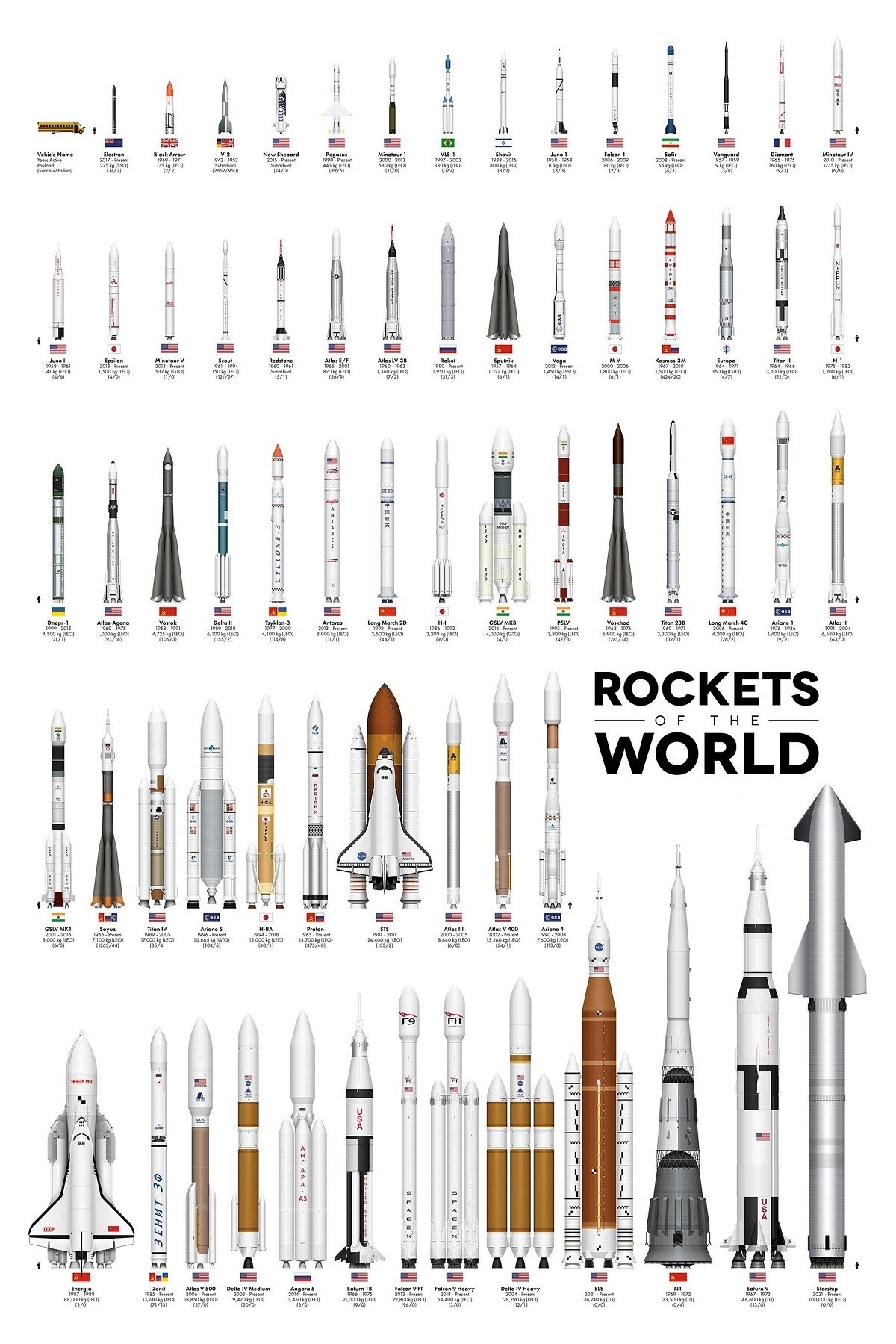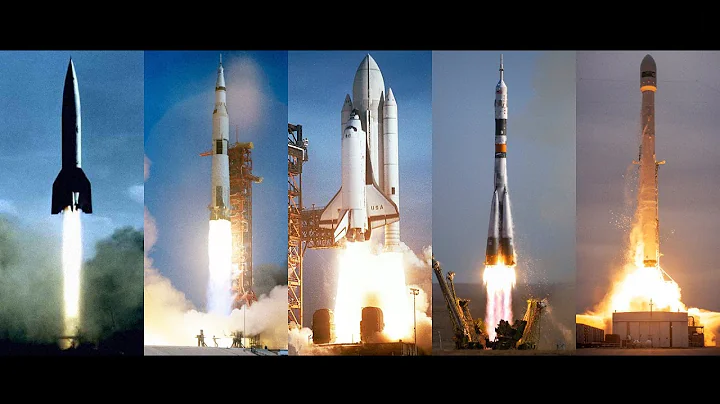ROCKETRY SA
HISTORY
By all accounts, Rocketry in South Africa, dates back to the mid 40’s, with the earliest known records of rocket launches in South Africa dated 1946.
Details of Rocketry in South Africa has always been very sketchy and shroud in secrecy, and even today almost no government records have been published.
Interestingly, the mainstream public only became aware of South Africa’s Rocketry Research and Development Program in the 80’s (when news of the SA Government chemical and biological warfare program was leaked).
The following information has been sourced from historic Archives and Media files, with some information remaining classified (sources within the military have stated that records may have accidentally been misplaced while being moved between military bases, depots and HQ, and probably ended up being destroyed because newly appointed officials where not aware of the content or where to store the archives- but alas, as the last eye witnesses have now also passed away, the truth may never be known..)
The Amateur Rocketry Experimental Group, under guidance of Capt. GGF Stoltz, launched their first Experimental Rocket on 12 February 1946. Given Capt. Stoltz’s German lineage, possible ties to the luftwaffe as well as possible contact with members of the Kummerdorf test site in Germany, evidence suggests similarity between the Group’s basic rocket design and the German A-4 (both based on a ethanol/water fuel mixture and liquid oxygen as oxidizer). It has also been suggested that Capt Stoltz was briefly involved with the initial Israeli team that helped developed the RSA-1 missile (note: information obtained in a 1998 interview).
Accomplishments:
Research suggests that the group accomplished a number of “firsts” in South Africa- the following being noteworthy:
- Credited for Developing, building, launching and the Recovery of the first “Hybrid “rocket motor in South Africa
- Credited for Developing, building, Launching and the Recovery of the first “Sounding” Rocket in South Africa
- Credited for Developing and test-firing of the first “composite” rocket motor in South Africa
- Credited for publishing the first Rocketry Safety and Motor Test/Design Protocols (to Military Standard) in South Africa
Research suggests that the group in all probability received research funding of military/government origin. During a priviliged review of some historic documents, one researcher found the groups methodologies and “project files” closely following military protocol, and the fact that the group ultimately developed a “self-destruct-capable” rocket, reinforces suspicions of military involvement.
Restricted design notes, and a personal interview with one of the members of the group strongly hinted that the group was in all probability building a ballistic missile (reportedly able to reach an altitude of 60km, and with a self-destructing mechanism purportedly successfully decommissioning the rocket into the ocean near St-Lucia, KZN, South Africa)
The group allegedly demonstrated the capabilities of their Rocket prototype to a select group of government officials in March 1949, who in turn reported to the Advisory Committee on Union Defence Force Equipment Requirements. A personal interview with a member of the group, suggests that the members of the group “worked” under some form of “military confidentiality clause”, with their research work eventually disappearing into military archives, and which were most likely destroyed.
As of 1950, no further record or account of the groups activities were published or released. With the passing away of of the last group member in December 1999, the only kown link to the Amateur Rocketry Experimental Group faded into oblivion.
S.A.R.R.G
|
On 13 June 1953, the South African Rocket Research Group (S.A.R.R.G), led by Desmond Prout-Jones, successfully launched their first experimental rocket. SARRG was the First , South African Academic Rocketry Group to publicly launch a rocket carrying a living creature. SARRG is the only group to successfully launch a 5-stage rocket, “unofficially” reaching an altitude of 48km. The Group Exceeded the speed of sound and was one of the first groups to publicly provide proof of the successful firing of a liquid fuel rocket in South Africa. SARGG logged no less than 528 launches, but sadly had to abruptly stop all further rocketry activity in 1962, following the immediate withdrawal and prohibition on further launches by the authorities of the day. |
60 & 80’s: ARMSCOR, KENTRON, DENEL
|
While little is publicly known, there are numerous first-hand accounts of early amateur/experimental rocketry activity in South Africa. Even today, the early SA Rocketeer pioneers such as Desmond Prout Jones receive very little acknowledgment, and are treated with indifference and disrespect by the SA Authorities- this while these same pioneers have received International recognition (including NASA and MIT) ! Given that early rocket motors were initialy based on one or more black-powder and other experimental formulations (with rocketry in its infancy), it is quite understandable that the “powers that be”, were not keen to have people blowing up things! and in turn rocketeers were not keen on having their masterpieces fall in the hands of the “beaurocrats”. Commercially, the Armaments Corporation of South Africa (Armscor) began developing rockets and missiles in the mid-1960s, focusing primarily on short-range tactical missiles for battlefield use. On 17 December, 1968, South Africa successfully launched the first military rocket (wholly developed and manufactured in South Africa) from the new rocket launching range near St. Lucia. South Africa’s secret nuclear weapons program begun in the mid-1970s at the same time an effort was made to acquire or build a long-range missile..this led to quite some International speculation! During the 1970s and 1980s, a number of rockets were built by the South African military, some of them reportedly so powerful that they were capable of placing satellites in orbit. Rockets were developed for military use, with no known commercial adoption. As SA had little if any experience with relevant technologies such as high-thrust engines, propellant production, and inertial guidance systems at the time, the expertise of Israel was called upon (Interestingly Israel was one of the few countries to provide military technology to South Africa after the UN imposed embargoes on the country for its apartheid regime in 1963). In 1978, Armscor formed Kentron (now Denel Dynamics) who was tasked with the development and manufacturing of guided missiles. Kentron successfully produced the shorter range RSA-1 and RSA-2 missiles, and also, with Israeli help, undertook development of intermediate and long-range ballistic missiles, the forerunner of the RSA-3 |
80 & 90’s: ARMSCOR, SADF & The South Africa’s Rocket & Space Program
|
By the early 1980s, Armscor successfully produced two missiles for the South African Defense Forces (SADF), the 22km range Valkiri surface-to-surface artillery missile, and the 4-10km range V3 Kukri air-to-air missile The SA Space Program of the late 80’s and early 90’s was a surprise and to this day, details on the program remain sketchy.
|

Reflection on International Rocketry
|
No historic account would be complete without mention of the the V2 Rocket, which is recorded in the history as the first rocket which could fly high and fast enough to reach space. The Russian R-7 ICMB has been credited as the first rocket which actually launched the first payload (the Satellite – Sputnik) into space on October 4, 1957 50 & 60s: Beginning in the late 1950’s, space became another dramatic arena for this competition, as each side sought to prove the superiority of its technology, its military firepower and–by extension–its political-economic system. On October 4, 1957, a Soviet R-7 intercontinental ballistic missile launched Sputnik (Russian for “traveler”), the world’s first artificial satellite and the first man-made object to be placed into the Earth’s orbit. Sputnik’s launch came as a surprise, and not a pleasant one, to most Americans. In the USA, space was seen as the “Next Frontier”, a logical extension of the grand American tradition of exploration, and it was crucial not to lose too much ground to the Soviets. Ultimately, this demonstration of the overwhelming power of the R-7 missile–seemingly capable of delivering a nuclear warhead into U.S. air space–made gathering intelligence about Soviet military activities particularly urgent. 1958, the U.S. launched its own satellite, Explorer I, designed by the U.S. Army under the direction of rocket scientist Wernher von Braun. That same year, President D. Eisenhower signed a public order creating the National Aeronautics and Space Administration (NASA), a federal agency dedicated to space exploration. Eisenhower also created two national security-oriented space programs that would operate simultaneously with NASA’s program. The first US Space Program spearheaded by the U.S. Air Force, dedicated itself to exploiting the military potential of space. The second US Space Program, led by the Central Intelligence Agency (CIA), the Air Force and a new organization called the National Reconnaissance Office (the existence of which was kept classified until the early 1990’s) was code-named Corona; it would use orbiting satellites to gather intelligence on the Soviet Union and its allies. From 1960 onward, rocketry received attention and funding from almost all major countries world-wide.. |

